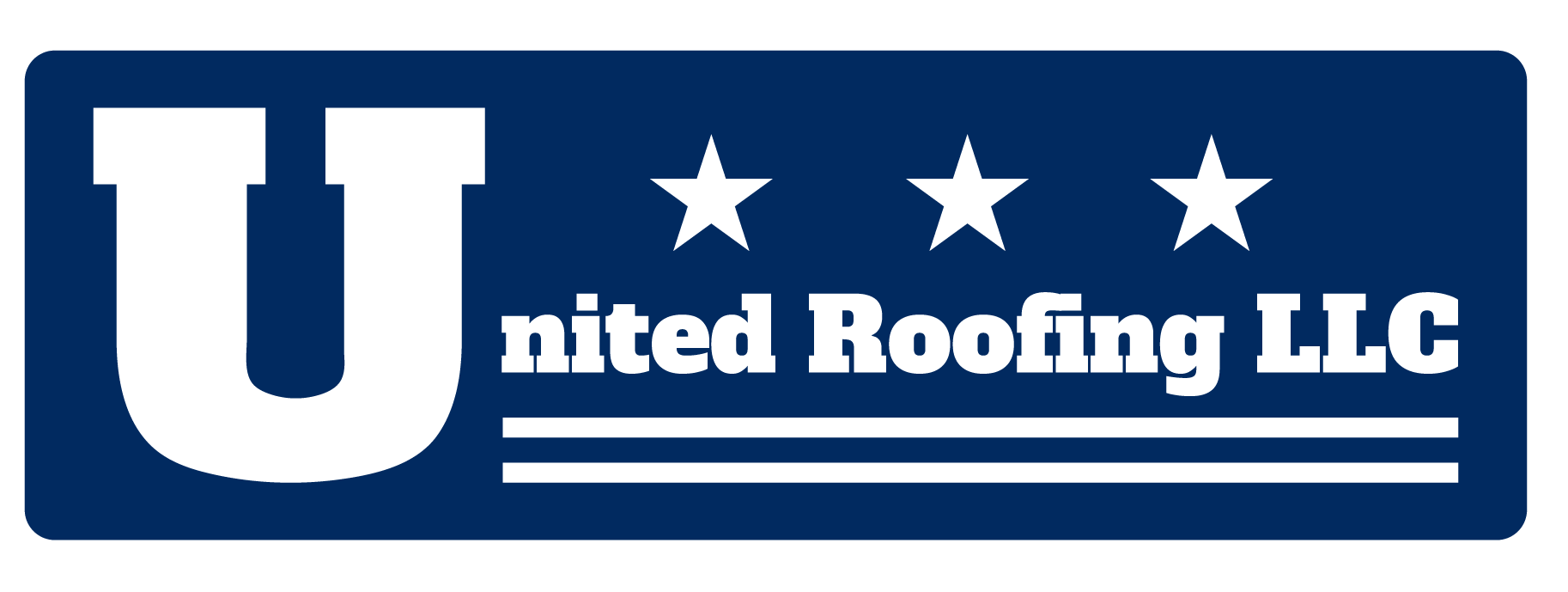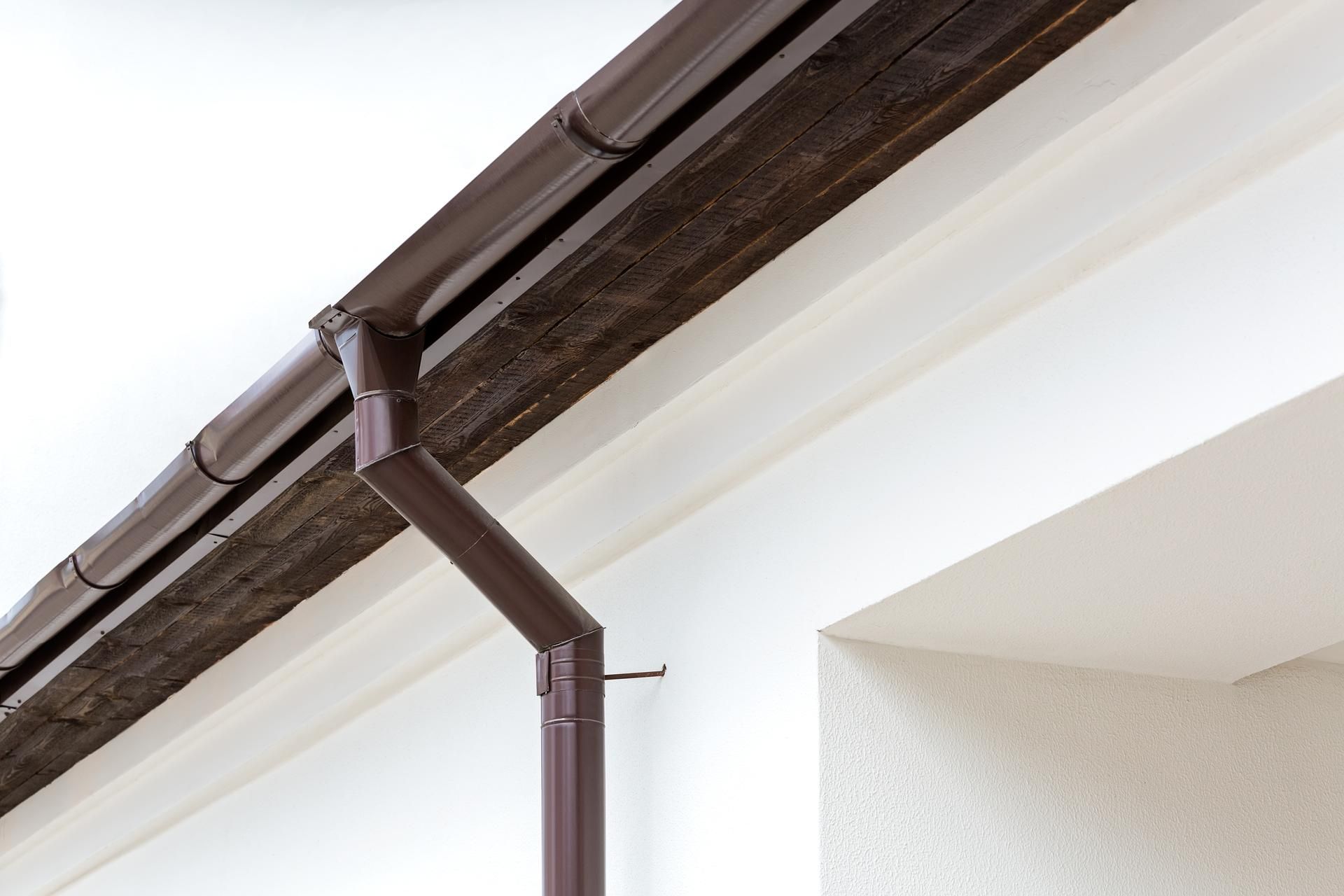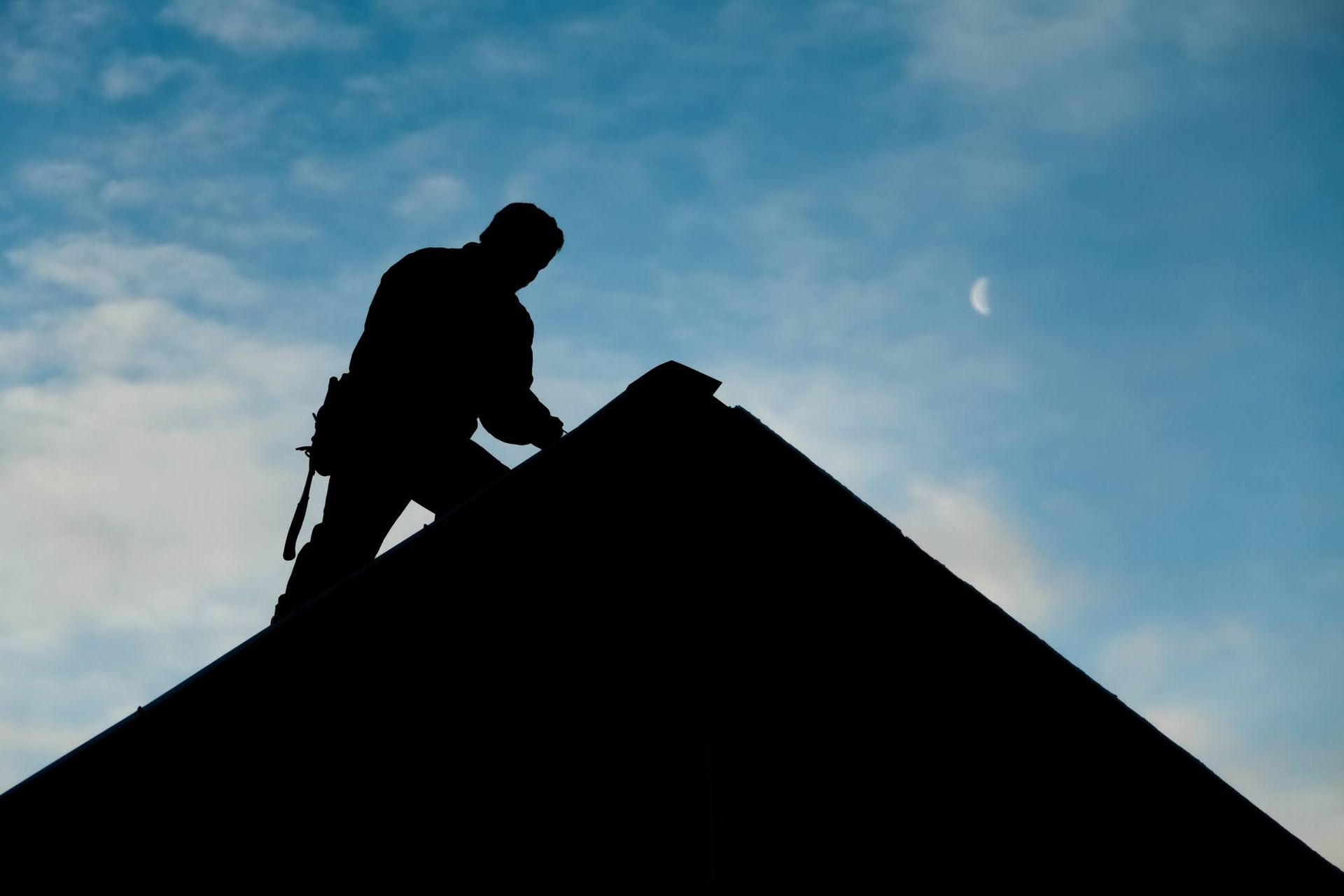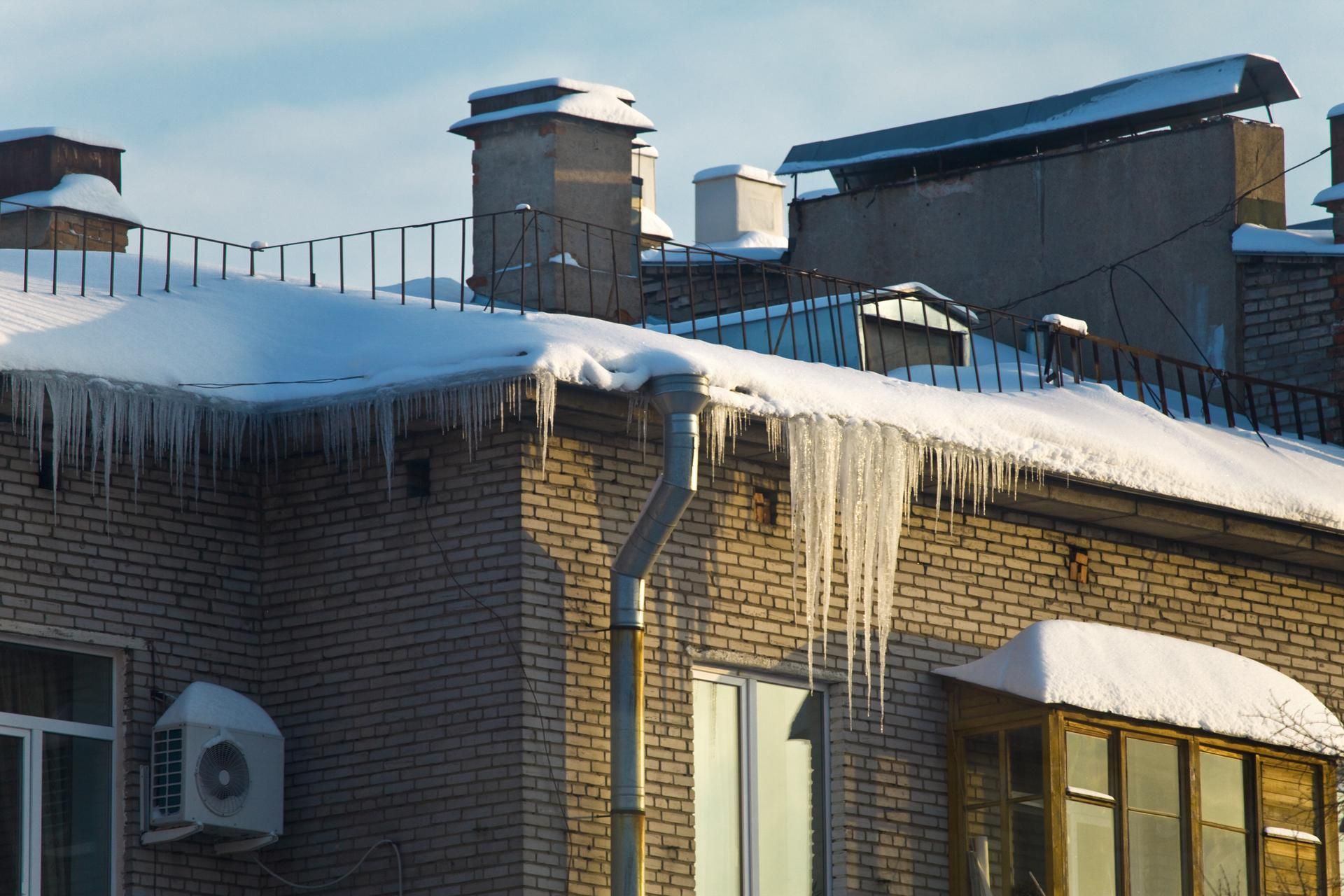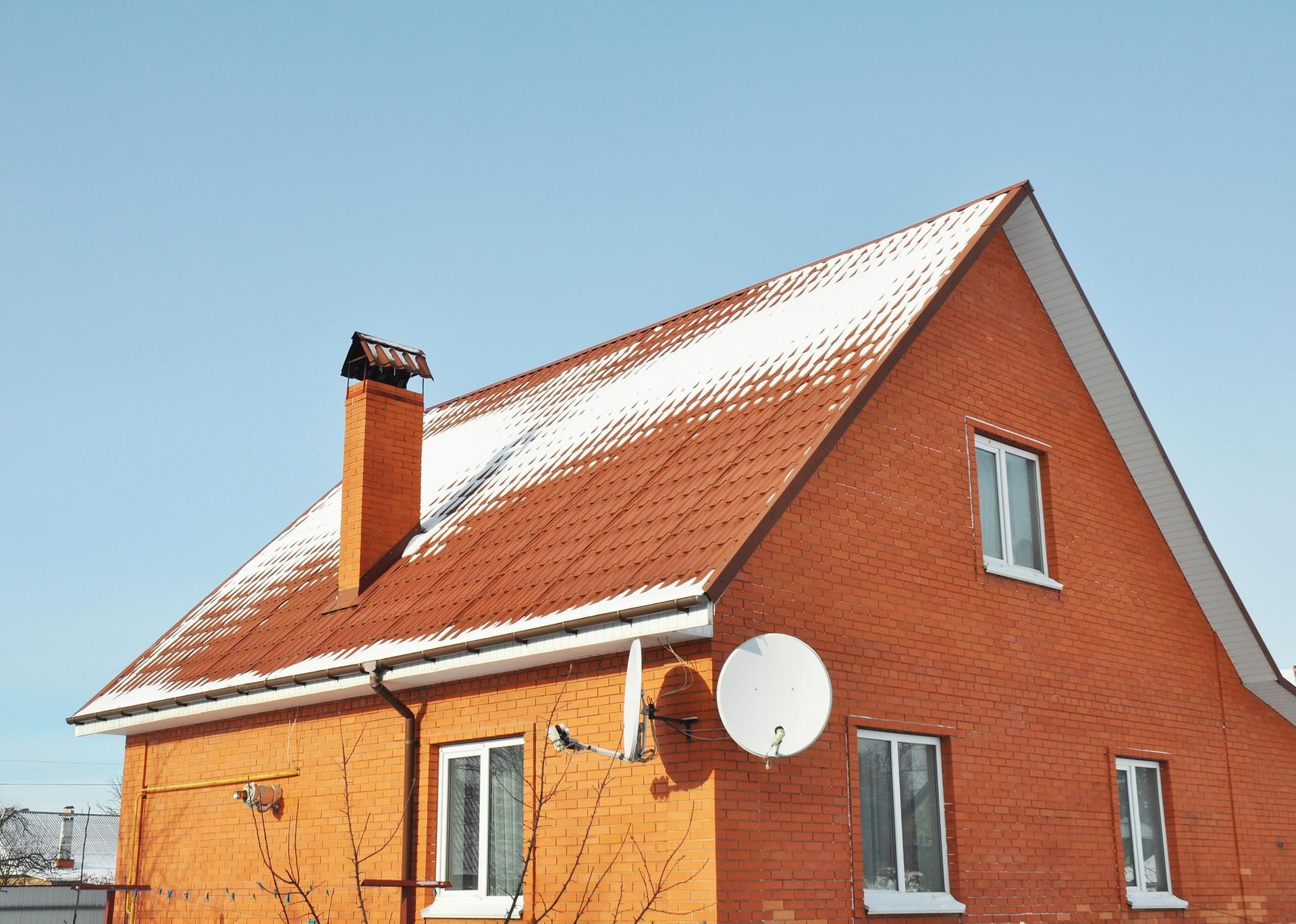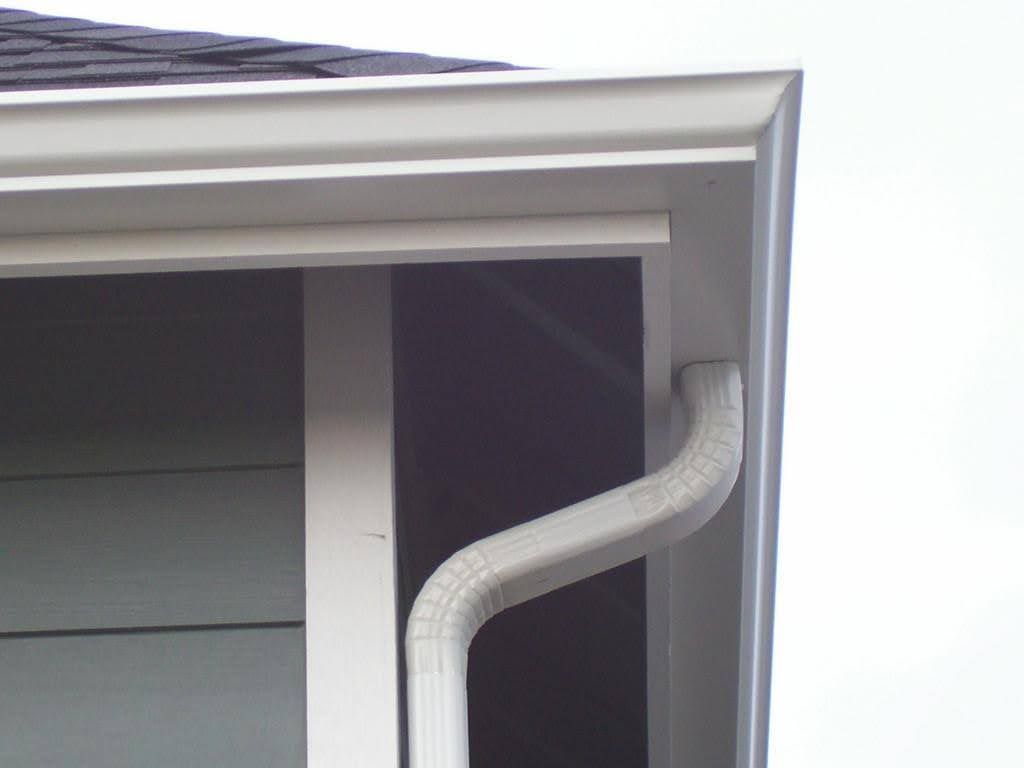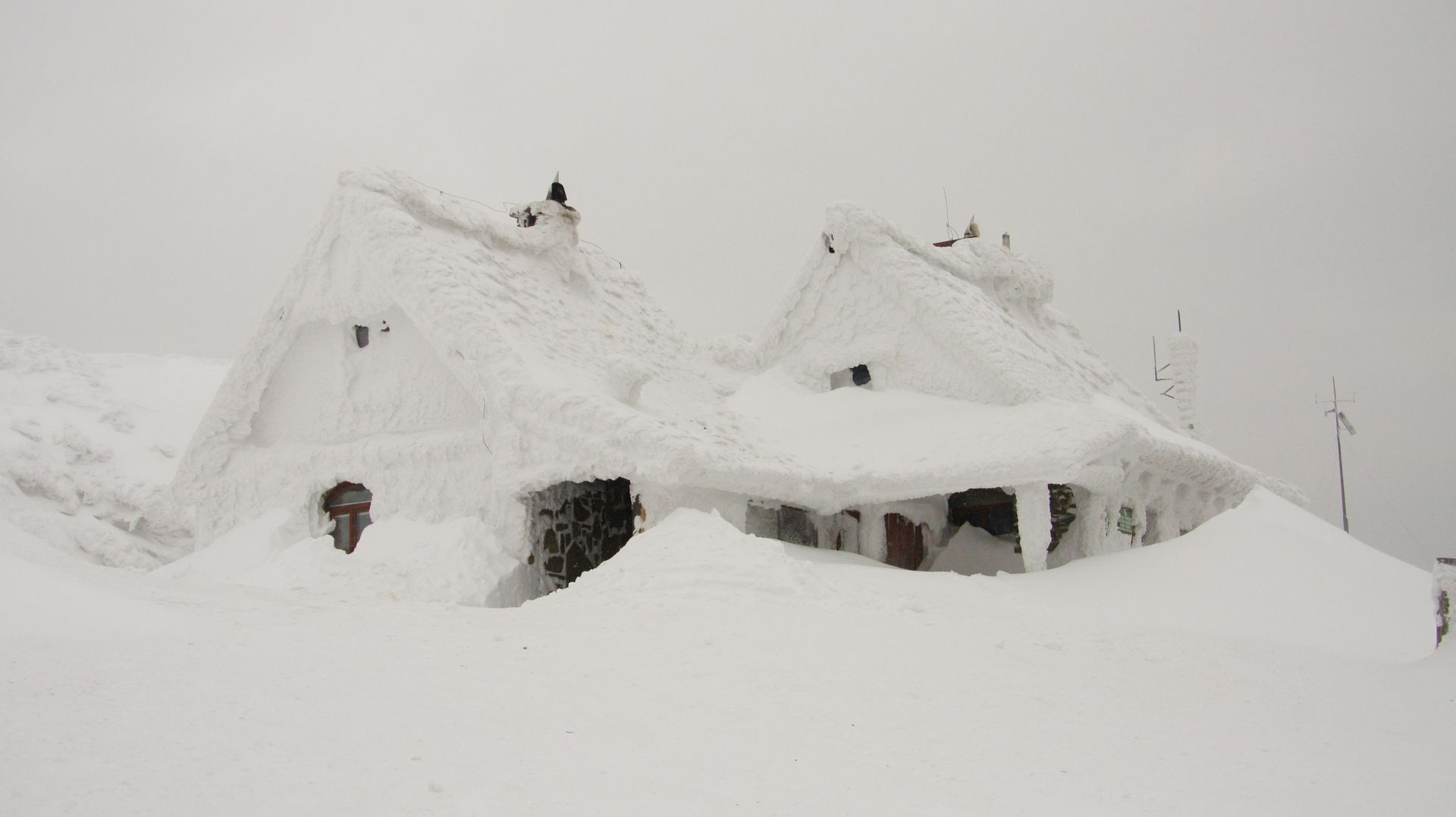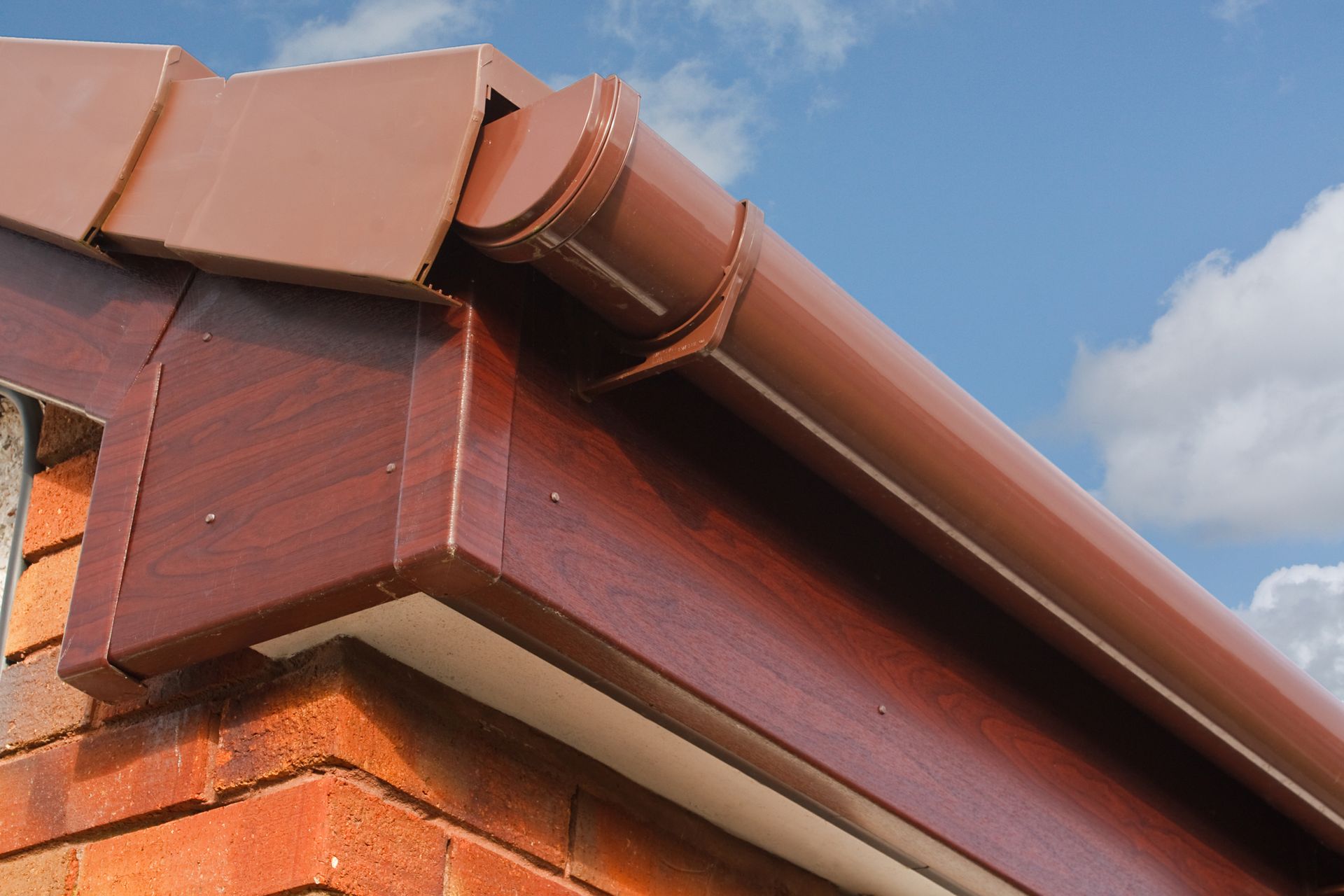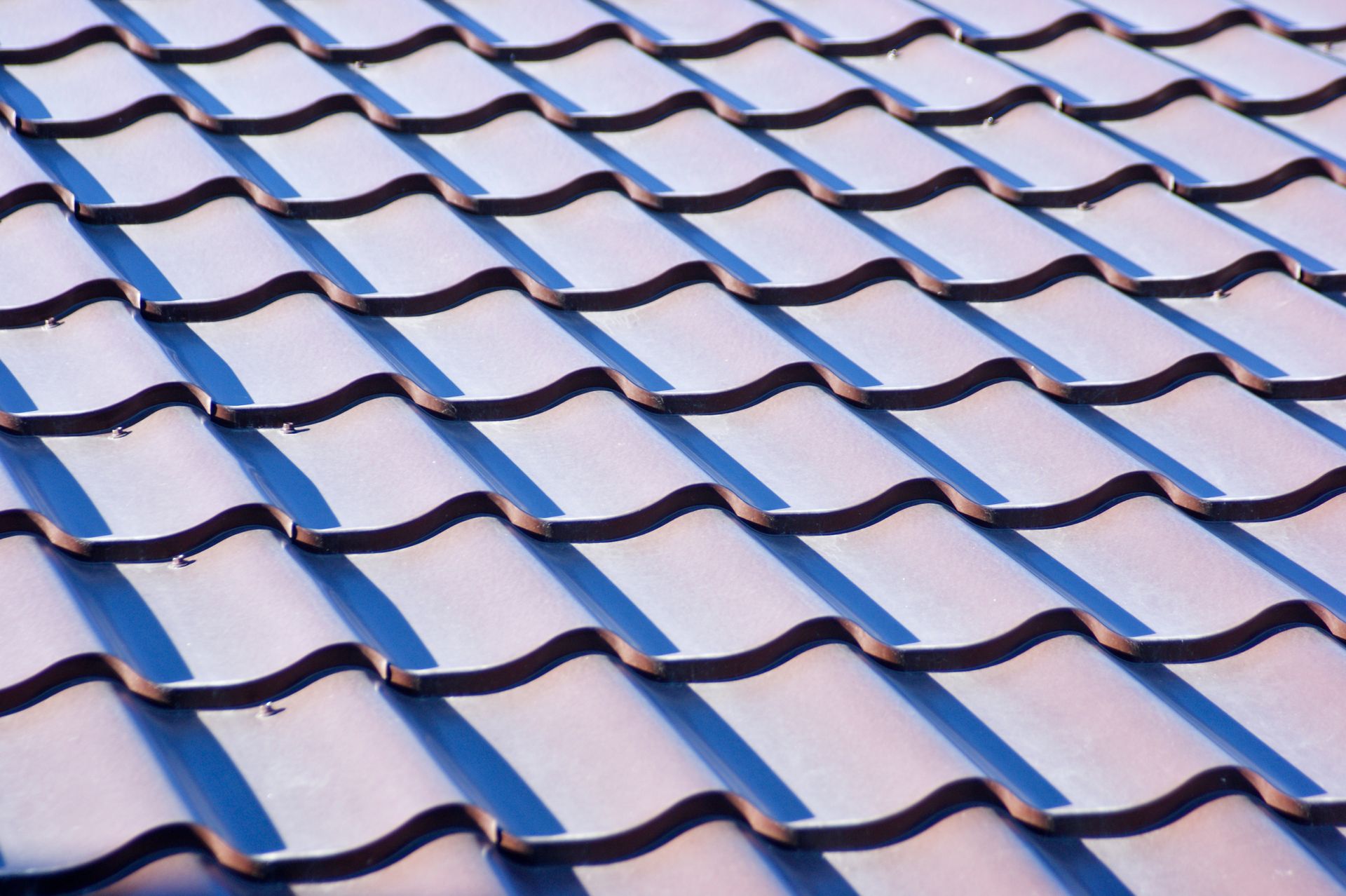CALL US NOW! (202) 710-9160
Causes of a Sagging Roof Line
Roof sagging is a structural problem that can compromise the integrity and safety of a building. It occurs when the roof structure begins to deform and lose its original shape. Several factors can contribute to roof sagging, and understanding these causes is essential for effective prevention and repair. This guide explains the various factors that lead to roof sagging.
Water Damage
Water damage is a pervasive contributor to roof sagging. When a roof develops leaks, water can infiltrate the underlying structure, initiating a destructive cycle. This moisture weakens the roof's support structure over time, causing it to lose its structural integrity.
Inadequate drainage, often resulting from poorly designed or clogged drainage systems, can exacerbate this problem. When water pools on the roof's surface due to poor drainage, the excess weight of standing water can cause the roof to bow and eventually sag. Additionally, issues with roof flashing, which is designed to seal vulnerable areas like chimneys and skylights, can further compound water damage if not properly maintained. Over time, these factors combine to create an environment conducive to roof sagging.
Excessive Weight
Excessive weight, or overloading, is another significant contributor to roof sagging. While roofs are engineered to withstand specific loads, surpassing these limits can lead to structural problems. For example, in regions with heavy snowfall, the accumulation of excessive snow on a roof can exert tremendous pressure.
If the roof structure is not designed to handle this weight, it can result in sagging or, in extreme cases, collapse. Furthermore, unplanned roof installations, such as placing heavy equipment or materials on a roof without proper planning or reinforcement, can impose excessive loads, straining the roof's structure and causing it to sag over time.
Poor Installation Practices
Poor installation practices can have long-lasting consequences for a roof's stability. The quality of roof installation is paramount, as subpar practices can lead to various issues contributing to roof sagging. Inadequate support during installation, such as improperly installed or reinforced support beams and trusses, may not provide the necessary strength to hold up the roof's weight.
Similarly, if roofing materials are not securely fastened during installation, they may shift or separate over time, leading to roof sagging. Proper ventilation is another critical aspect of installation; inadequate ventilation can result in moisture buildup in the attic, which, in turn, weakens the roof's structure over time, potentially causing sagging.
Old Age
Old age is a natural adversary of roofs. As they age, roofs undergo a gradual deterioration process, and this aging process can contribute to sagging. Roofing materials, like shingles or tiles, can deteriorate over time due to prolonged exposure to the elements.
When these materials weaken, they can no longer provide the necessary support to prevent sagging. Simultaneously, the structural components of a roof, including beams and trusses, can also weaken with age. As these structural elements deteriorate, they lose their ability to bear the weight of the roof, resulting in sagging.
Quality of Materials
The quality of materials used in roofing plays a significant role in determining a roof's longevity and resistance to sagging. The use of inferior or substandard roofing materials, while initially cost-effective, can lead to problems over time.
Such materials are more prone to wear and damage, which can contribute to premature sagging. Additionally, some roofing materials may require additional reinforcement to support the weight of the roof effectively. Failing to provide this necessary reinforcement can result in sagging as the materials strain under the load.
Undersized Materials
The roof's structural integrity is dependent on correctly sized and engineered components, including rafters, joists or trusses, and decking. Undersized materials cannot adequately support the calculated load-bearing capacity of the roof, leading to deformation, deflection, and ultimately roof sagging.
Is your roof showing signs of sagging? United Roofing LLC can inspect your roof and do the necessary repairs. Contact us for more information.
BROWSE OUR WEBSITE
CONTACT INFORMATION
Phone:
LICENSE NUMBER:
#410522000047
BUSINESS HOURS
- Mon - Fri
- -
- Saturday
- -
- Sunday
- Closed




Financing Available

